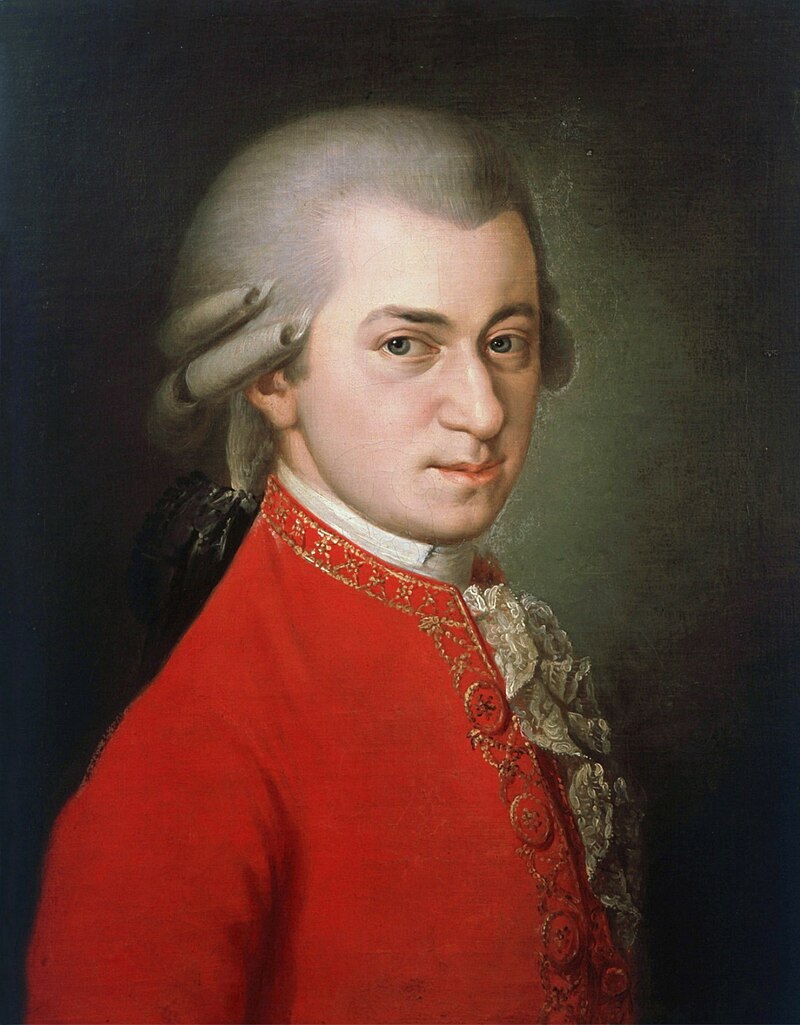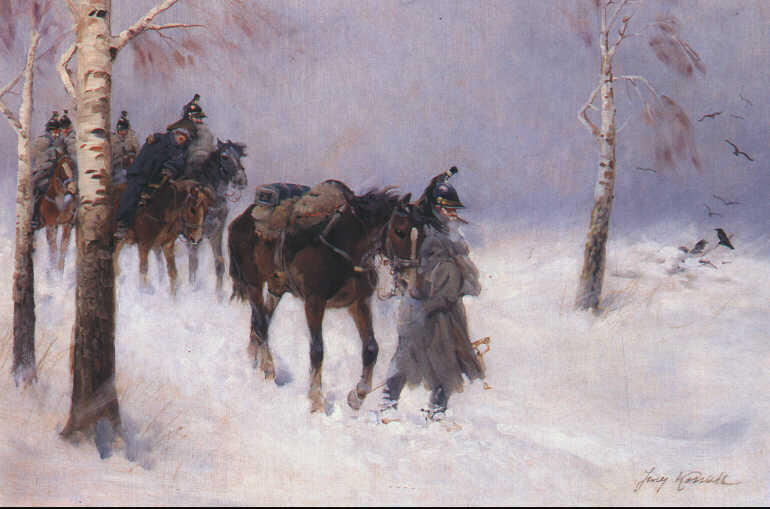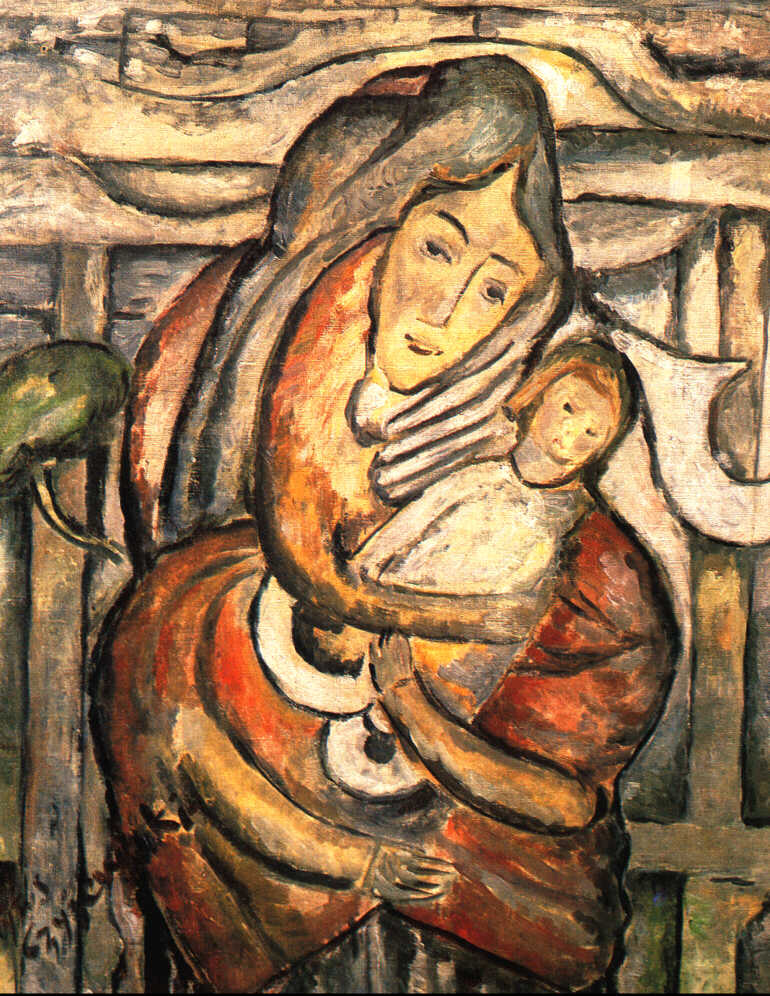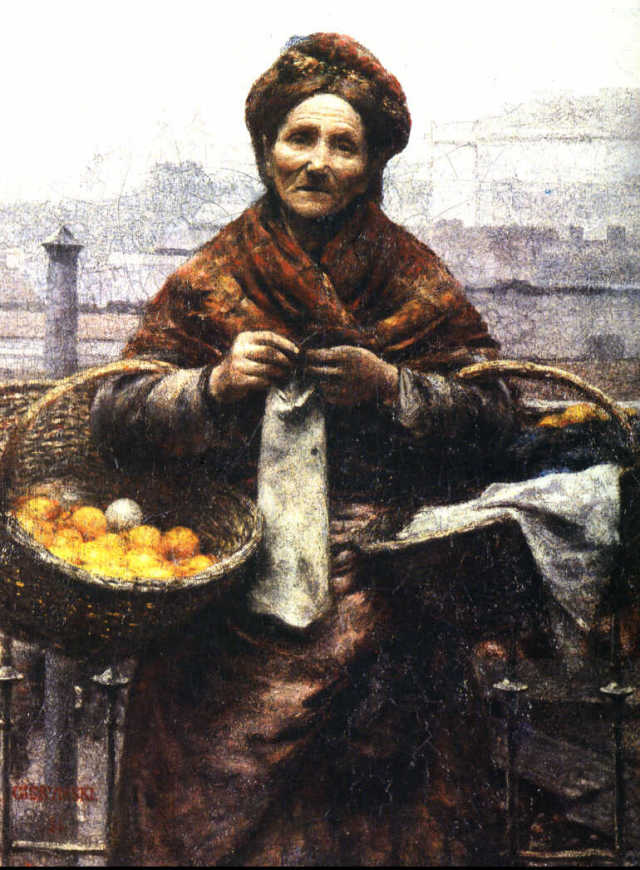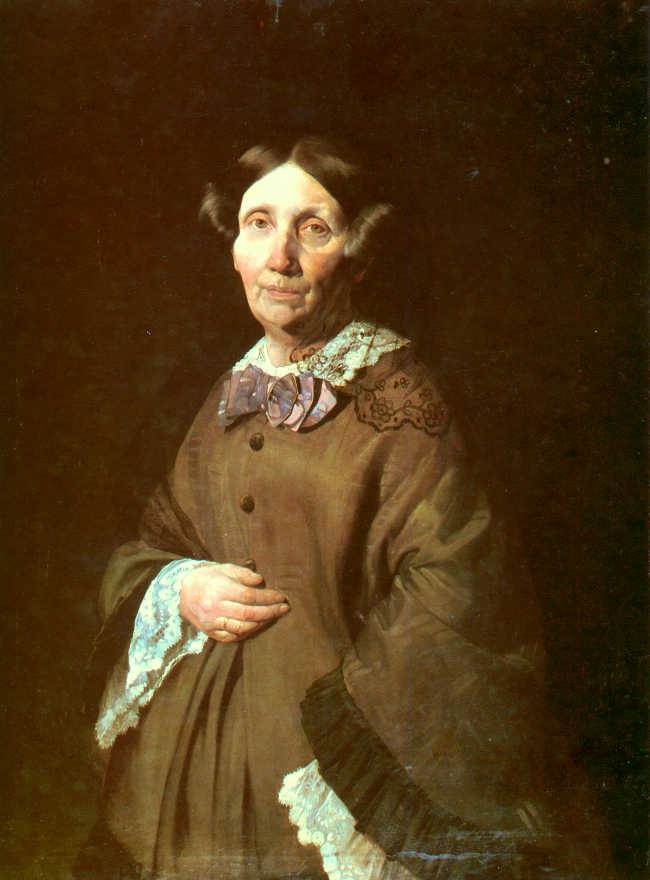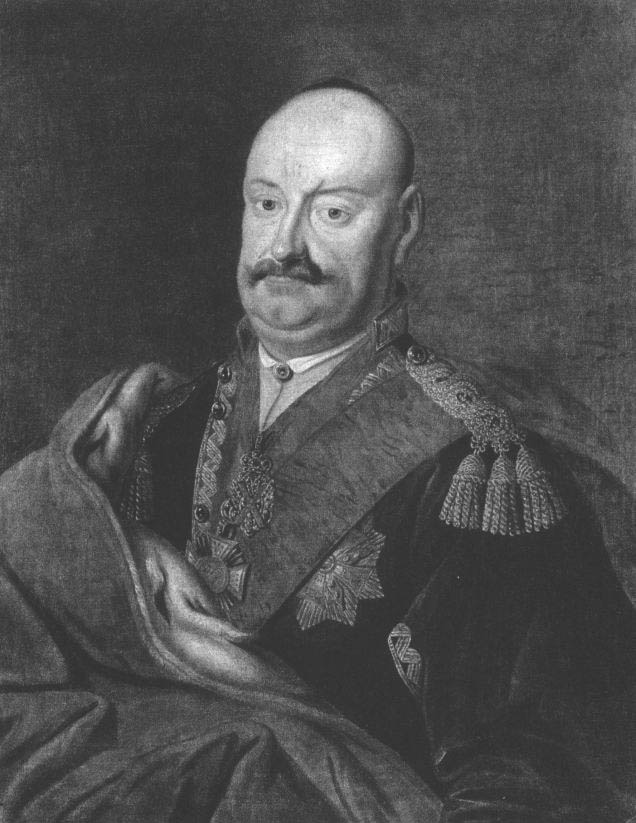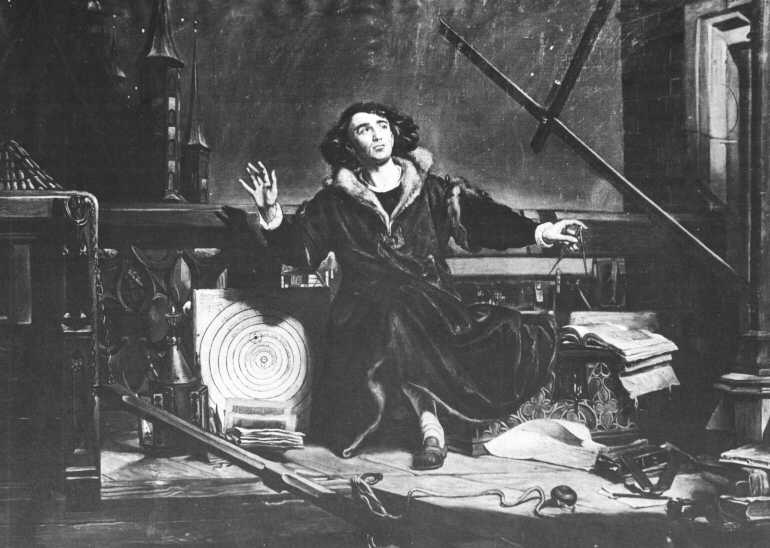
The sculpture has always reflected changes, which took place in architecture at the turn of the century. The famous altar of Nicholas of Verdun in Klosterneuburg Abbey in Lower Austria comes from the Romanesque period. There are also some beautiful Gothic altars in Austria, carved in linden wood, the most famous of which is the altar of St.. Wolfgang, by Michael Pacher (1440-1498).
The finest sculptures of the Renaissance period can be seen in the Hofkirche in Innsbruck. These include the tomb of Maximilian I and impressive bronze figures, among which there are several works by Albrecht Diirer himself (1471-1528).
Great examples of baroque sculpture include the Georg Raphael Donner Fountain on Vienna's Neuer Markt and the statue of Prince Eugene of Savoy at the Lower Belvedere by Balthasar Permoser. Even urns for ashes were decorated with baroque sculptures, such as those made by Balthasar Moll for Maria Teresa and Francis I.. Admittedly, all the examples of baroque art mentioned above can be found in Vienna, but the style is visible all over the country.
Typical neoclassical sculptures include the equestrian statue of Emperor Joseph II on the Josefsplatz in the Vienna Hofburg. There are many fountains decorated with images of horses in Salzburg's Old Town.
The Biedermeier period was best represented in the furniture industry, examples of which are presented at the Vienna Museum of Applied Arts. After Biedermeier, bentwood furniture became popular. The technique of bending wood has found its application mainly in the backrests of chairs. Since then, the bentwood chair is also called the Vienna chair.
W 1903 r. the so-called Vienna Workshop was established (Viennese workshops). The artists working in them have created a whole range of high quality, but very expensive everyday items as well as clothing and jewelry. In this case, aesthetic values took precedence over practicality, which manifested itself in very sophisticated forms, like Josef Hoffmann's silver tea set (exhibited at the Museum of Applied Arts). Another prominent figure at the Wiener Werkstatte was their co-founder Kolo Moser (1868-1918).



